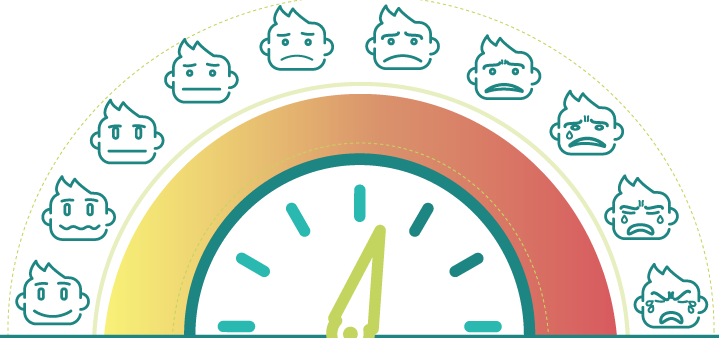
13 Apr Active listening and pain assessment in a yoga session
One of my clients is currently shopping for a doctor. She is trying to find one that she can stick with for a while and so far she hadn’t been impressed. While she cares about objective things like which medical school the doctor went to and how many years he/she had been in practice, the first thing that she says after returning from an appointment is always about listening. For example, “He was so arrogant – he barely listened to me!”
This applies to yoga teachers as well. When we meet a new client we might be tempted to demonstrate the depth and breadth of our knowledge to impress her, but in reality, the client does not want to hear about our accomplishments – she wants to be heard. That is why “active listening” is the most important aspect of any private yoga session. Active listening means asking specific questions about her experience, following up on what she had said, clarifying it when necessary, and being fully present with the client. Active listening; empathetic, friendly manner; and communication of confidence and positive expectation help the client feel more at ease. It is also more important to have thoughtful pauses in the conversation to show that you are reflecting on her situation than bombard her with your ideas of what might potentially be wrong with her.
Asking specific questions about the client’s situation
- Gives you valuable information about what’s going on and helps you set the course of action;
- Gives your client a chance to talk about his/her experience which is an important part of mental processing;
- Shows her that you are genuinely interested in your client and will do your best to help;
- Shows the client that both of you are in this together now, so he/she doesn’t need to carry this burden alone anymore.
What kind of questions should we ask? Here the framework of the Panchamaya model becomes really important since chronic pain impacts us on every level of the system.
Questions to ask to access the chronic pain situation on each level:
Annamaya level: Specific symptoms, as well as quality/duration/intensity of pain, and impact on activities.
Pranamaya level: Current levels of stress and energy, quality of sleep and impact on other physiological systems.
Manomaya level: Client’s understanding of the situation and its causes.
Vinyanamaya level: Client’s psychological response to pain and its impact on overall life outlook.
Anandamaya level: Pain’s impact on relationships and lifestyle.
It is always nice to have a form or template that supports the flow of conversation. You can even have your client fill out a questionnaire ahead of time, but it’s important to talk about it in person – it can facilitate some insightful discussions, establish rapport, and potentially shed new light on old issues.

